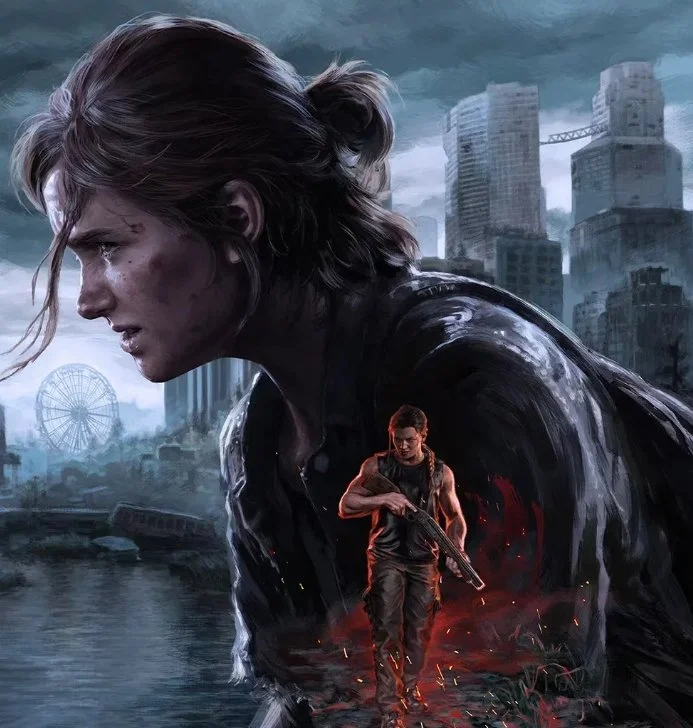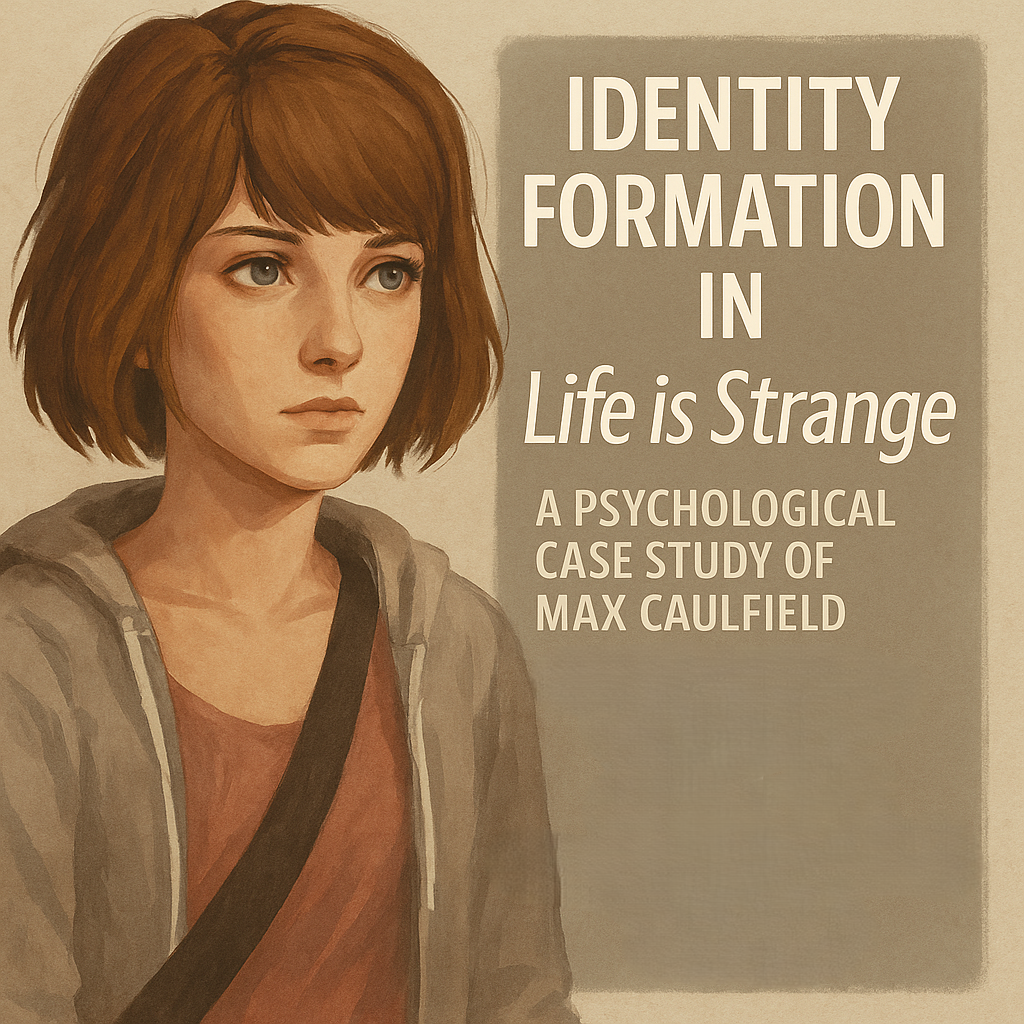Inside The Minds of Doki Doki Literature Club
Few games have managed to subvert expectations and capture the internet’s collective imagination as effectively as Doki Doki Literature Club (DDLC). Released in 2017 by Team Salvato, the visual novel appears, at first glance, to be a lighthearted dating simulator. However, it quickly reveals itself as a psychological horror game that explores themes of mental health, existential dread, and the boundaries of player agency.
At the heart of DDLC are its four central characters: Sayori, Monika, Yuri, and Natsuki. Each of these young women represents a distinct psychological profile, shaped by their struggles, desires, and relationships within the story. While their initial appearances play into stereotypical anime archetypes, the game deconstructs these tropes, offering deeper insights into their psyches. This article delves into the psychological underpinnings of these characters, examining how their behaviors reflect real-world mental health challenges and larger thematic concerns about control, agency, and the human condition.
Character Background
Sayori
Sayori is the protagonist's cheerful childhood friend, a seemingly bubbly and optimistic girl who hides her crippling depression behind her smiles. Her backstory reveals feelings of deep inadequacy and self-doubt, paired with a strong desire not to burden those around her. Her defining moment comes when she confesses her love to the protagonist, only to spiral into despair when she feels unworthy of happiness or attention.
Monika
Monika is the club president and the game’s most enigmatic figure. Unlike the other characters, she becomes aware of her existence as a fictional entity within a game. Her intelligence and self-awareness set her apart, but this knowledge drives her to manipulate the other characters in her desperate bid for connection with the player.
Yuri
Yuri is the quiet and intellectual member of the club, fascinated by literature with dark and macabre themes. Beneath her introverted exterior lies a character prone to obsession, anxiety, and self-harm. Her perfectionism and need for validation create a fragile sense of self-worth that teeters on the edge of collapse.
Natsuki
Natsuki is the tsundere archetype—a tough, feisty exterior masking vulnerability. Her home life hints at an abusive relationship with her father, which informs her fierce independence and reluctance to show weakness. Through her love of manga and baking, she seeks comfort in small joys amidst her struggles.
Psychological Analysis
Sayori: The Weight of Depression
Sayori’s struggle with depression is one of the most poignant elements of the game. Her behavior aligns closely with the symptoms of Major Depressive Disorder as outlined in the DSM-5: persistent sadness, feelings of worthlessness, and a loss of interest in previously enjoyed activities. Despite her bright demeanour, her internal monologue reveals a deep void—she describes her depression as a buzzing in her head that drowns out all joy.
Psychologically, Sayori embodies the concept of smiling depression, where individuals mask their struggles to avoid burdening others. Her desire to protect the protagonist from her darkness ultimately leads to her tragic decision to end her life. Sayori’s arc illustrates the importance of addressing mental health openly, as her tragedy arises from the stigma and silence surrounding her condition.
Monika: The Burden of Self-Awareness
Monika’s awareness of her fictional nature thrusts her into an existential crisis. From a psychological standpoint, her character can be analyzed through the lens of existentialism and narcissism. Her self-awareness creates a sense of isolation, as she realizes that her interactions with the other characters—and even the player—are scripted. Her attempts to seize control of the narrative reflect a desperate bid for autonomy and meaning.
Monika’s manipulative actions, such as altering the personalities and fates of the other characters, can be interpreted through Freudian psychoanalysis. Her id—the primal desire for connection—overwhelms her superego, leading to morally dubious behavior. Yet, her actions also evoke sympathy, as they highlight the human need for agency and intimacy.
Yuri: Obsession and Anxiety
Yuri’s obsessive tendencies and social anxiety are central to her character. Her fixation on the protagonist mirrors traits of Obsessive-Compulsive Personality Disorder (OCPD), characterized by a need for control, perfectionism, and difficulty in managing emotions. Her love of dark literature provides an outlet for her emotions but also reinforces her fascination with pain and morbidity.
Her self-harm behaviors are a physical manifestation of her psychological struggles, echoing real-world cases where individuals use self-injury as a coping mechanism for overwhelming emotions. Yuri’s narrative explores the dangers of unaddressed mental health issues and the ways they can spiral into destructive behavior.
Natsuki: Vulnerability Behind Defiance
Natsuki’s abrasive personality masks a deep well of vulnerability. Her defensiveness and quick temper can be understood as a defense mechanism to cope with her abusive home environment. Psychologically, she exhibits traits of avoidant attachment style, where fear of rejection and emotional vulnerability leads to guarded interactions.
Her passion for manga and baking represents escapism—a way to create safe spaces in an otherwise hostile world. Natsuki’s story highlights the resilience of individuals in difficult circumstances and the importance of fostering supportive relationships to counteract trauma.
Symbolism and Themes
Each character in DDLC represents a different facet of human psychology and serves as a vehicle for exploring larger themes. Sayori embodies the hidden struggles of mental illness, Yuri illustrates the dangers of unchecked obsession, Natsuki reflects the resilience of the human spirit in adversity, and Monika symbolizes the existential yearning for agency and meaning.
Monika’s role as a "meta" character extends beyond the narrative, serving as a commentary on the relationship between creators, characters, and audiences. Her actions force players to confront uncomfortable questions about their complicity in the game’s events, blurring the line between player and participant.
Real-World Resonations
The characters of DDLC resonate with audiences because they reflect real psychological struggles. Sayori’s depression, Yuri’s anxiety, and Natsuki’s trauma mirror challenges faced by many in the real world, fostering empathy and understanding. Meanwhile, Monika’s existential dilemma raises thought-provoking questions about free will, identity, and the nature of reality.
By presenting these themes within the framework of a game, DDLC invites players to engage with mental health topics in a way that is both accessible and impactful. The game’s shocking twists compel players to confront the emotional weight of these issues, leaving a lasting impression.
Simply Put
The characters of Doki Doki Literature Club are far more than archetypes—they are rich psychological portraits that explore the complexities of human nature. Through Sayori, Monika, Yuri, and Natsuki, the game delves into themes of mental health, autonomy, and existentialism, challenging players to reflect on their own perceptions and relationships.
Ultimately, DDLC is not just a game but a psychological exploration of what it means to be human in a world where the boundaries of agency and reality are constantly shifting. As Monika herself asks in her final moments: "Can you hear me?" The question lingers, inviting players to consider their own role in shaping the narratives—fictional or otherwise—that define their lives.








